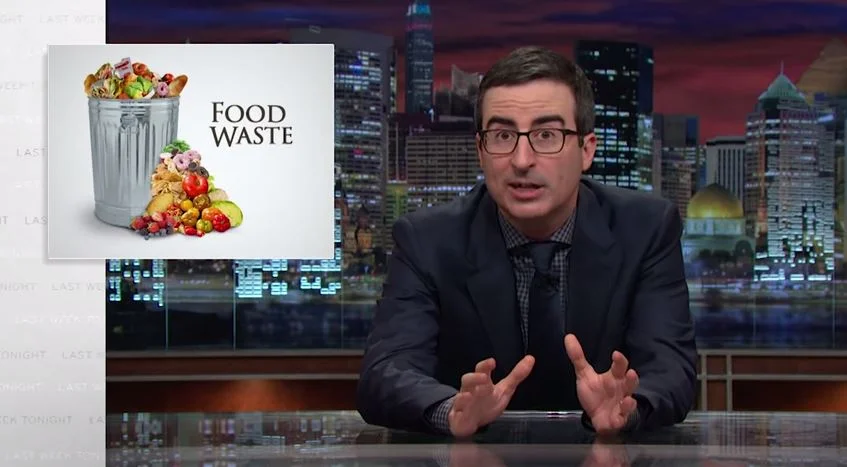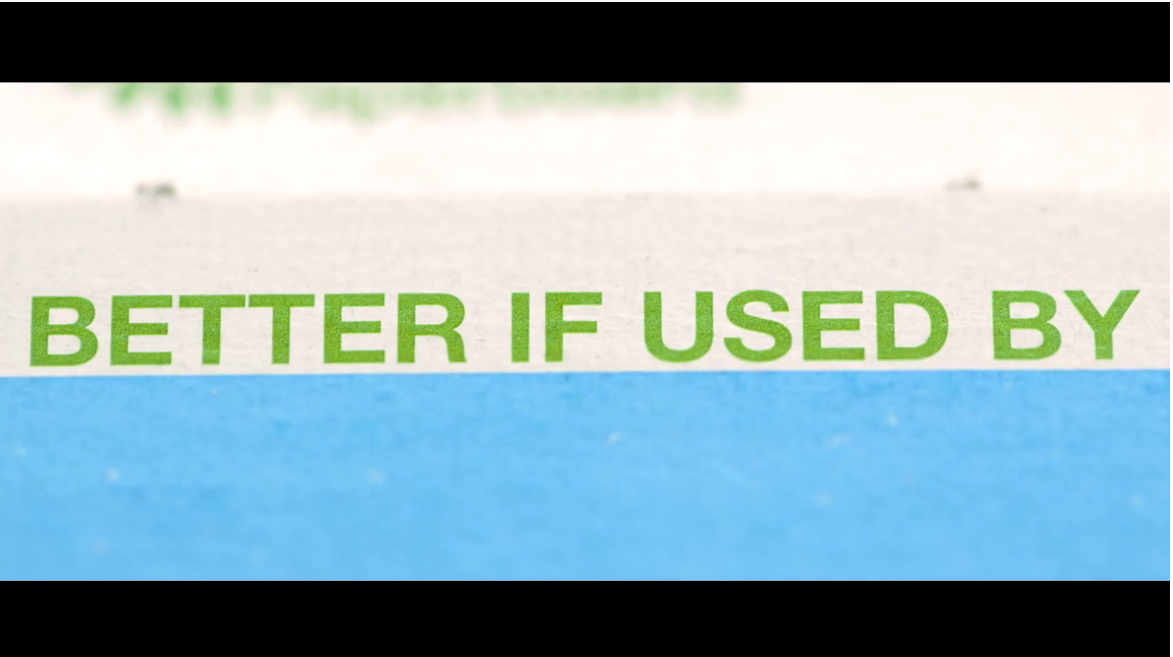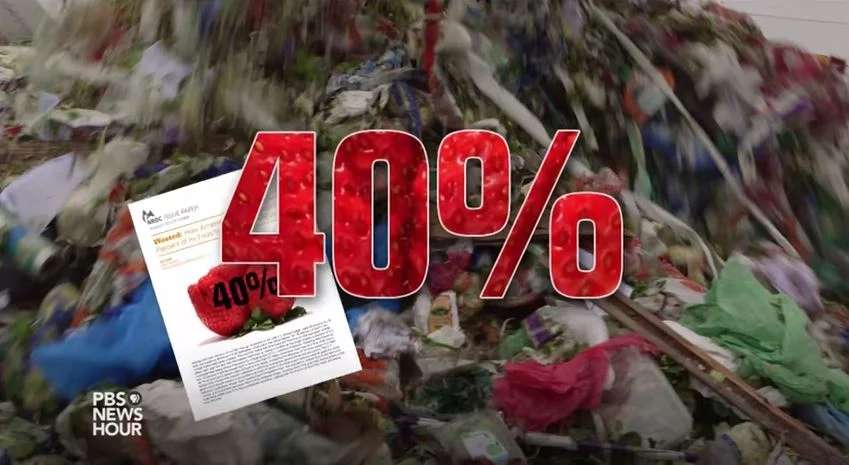Food Waste
Food waste is an expensive drain on the economy and extremely harmful to the environment, and it is one of the largest waste-related challenges facing us in the 21st Century.
According to CalRecycle statistics, food waste is the single most prevalent item in our landfills, which is especially tragic when combined with the staggering numbers of hungry people in our state.
A 2012 study by the Natural Resources Defense Council found that the United States wastes 40 percent of the food it produces - more than 20 pounds of food per person every month. The study also found that:
80 percent of the freshwater Americans use is for food production
10 percent of energy Americans use is for food production and distribution
15 percent of food wasted in the U.S. could feed 25 million Americans a year
16 percent of U.S. methane emissions is caused by organic matter dumped in landfills
In 1989, California established a Waste Hierarchy, pursuant to Public Resources Code 40051.
The top of the hierarchy is source reduction, meaning reducing the amount of surplus food that is generated, followed by recycling and composting at the second level, and finally disposal as a last resort.
There are several common sense reforms that that need to be implemented to insure that less food waste is generated, that edible food goes to hungry people, and that inedible scraps are returned to the soil. Among these reforms, the state's tax code should create an incentive structure that results in the recovery of more of these material, and out-dated food labels needs to be updated to ensure that consumers have accurate information about how long food is safe to consume.
While edible food should clearly go to feed hungry people, it is also important to insure that inedible or spoiled kitchen scraps be diverted from landfills to composting facilities to return those nutrients to the soil. The USDA, in partnership with the EPA have set the first ever food waste reduction goal, calling for a 50% reduction by 2030 and have created the U.S. Food Waste Challenge. Among other efforts, Californians Against Waste has successfully sponsored landmark legislation that requires restaurants, grocery stores and other businesses to arrange for composting (or anaerobic digestion) of their food waste.
Click here to learn more about composting.
Date Labels
In 2016 CAW introduced a bill in partnership with NRDC, AB 2725 (Chiu), that sought to standardize date labels on food in California, creating a standard label for communicating quality "best if used by", and a standard label for communicating food safety "expires on". This bill didn't make it through the legislature, but CAW's efforts to combat food waste are far from over. Currently date labels are not consistent in their messaging and often times the same phrase is used to mean either quality or safety. A dizzying array of phrases are used on food labels including "sell by", "enjoy by", "use by". Many of these labels include arbitrary dates that food manufacturers have decided as the time frame in which the food is at it's peak freshness. Only a small number of grocery items actually have health risks associated with eating them after the date on the label.
These unregulated date labels result in a massive amount of food waste. One third of consumers throw out food on "the date" every time, worried that eating the food will make them sick. In the 2016 report, ReFED: A Roadmap to Reduce Food Waste by 20 Percent, this issue and it's possible solutions are explored in more detail. A federal bill, similar to the California bill, was introduced by Congresswoman Chellie Pingree (D-Maine) and Senator Richard Blumenthal (D-Connecticut) in 2016, read about the Food Date Labeling Act here.
Popular Food Waste Videos
HBO's 'Last Week Tonight' spent an entire episode looking at the issue of food waste, ridiculing it but also focusing on the need for strong legislation that promotes food donation. In it, host John Oliver says that, "At a time when the landscape of California is shriveling up like a pumpkin in front of a house with a lazy dad, it seems especially unwise that farmers are pumping water into food that ends up being used as a garnish for landfills."
The Harvard Food Law and Policy Clinic (FLPC), traveled to Missoula, Montana to highlight the impact of the state's highly restrictive date-labeling law for milk. This law has been in effect in 1980. It requires all milk to bear a "sell by" label that is dated twelve days from the date of pasturization and mandates that such milk be removed from shelves once the date arrives. As a result thousands of gallons of milk on grocery shelves are needlessly discarded every year, and milk in Montana costs around 40% more than the national average.
The PBS Newshour recently aired a segment featuring a visit to California's Salinas Valley, where the nation gets much of its produce. Check out their report, which features California farmers explaining how our nation has come to throw away so much food every year.
The MSNBC documentary 'Just Eat It' follows one couple as they try to reduce food waste in their lives, eating only food that would otherwise be discarded. The documentary features Johnathan Bloom, author of American Wasteland, who says "There was a study in New York - they looked at all of the food waste in one county, and the most waste came from households - more than from restaurants, more than from supermarkets, more than from farms."






